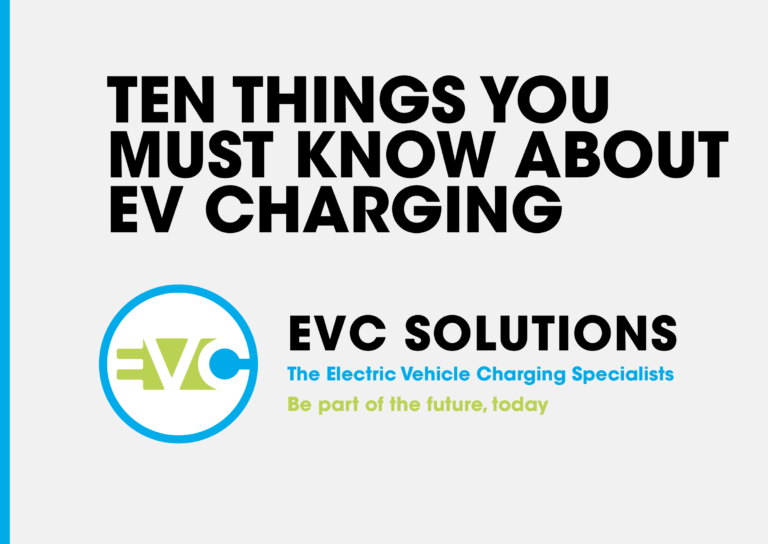With energy prices rising and the increased price tag of a new or used battery electric vehicle (BEV) is it still a good move from a petrol or diesel internal combustion engine (ICE) powered car to a BEV or is it more prudent to wait and see what happens? What about the general service and maintenance of a BEV? If they are more expensive to buy, aren’t they more expensive to keep?
The public charging network is getting bigger but there is often only one or two in a car park that has 200+ spaces, and the government grants for residential charge point installation has ended. Isn’t it a massive risk to drive an BEV right now?
Earlier this year I bought a second hand 2014 Tesla Model S
(which I wrote about here) and have started answering some of the big questions that I had myself.
After nearly 5 months of running the Tesla S, I’ve done over 10,000 miles and avoided issuing about 2 tonnes of C02 from the exhaust, compared to the diesel engine vehicle used to drive before the Tesla.
That’s quite an achievement when it is suggested the average UK citizen can have a personal carbon (equivalent) footprint of between 7-10 tonnes per year.
Admittedly I’m a high mileage user because of the nature of my job, but I’m eating a big piece of my pie by switching from ICE to BEV and I’m very happy about that, as you would expect given the business we are in.
So, what else?
I have had some maintenance costs, replacing a few filters because I couldn’t tell if these had been done recently at the time I acquired the car and, for my peace of mind, I also swapped out the rear brake discs and pads as they looked a bit suspect.
The costs were very low for the filters, all came to not more than £60, plus the labour and if I had the work done by the main dealer of my previous work, certainly not higher than I’m used to.
The brakes were also not any different in cost to my ICE, when I’ve gone through the same work.
I do have one steering track rod-end joint that now needs replacing as well, but the bits for that just cost me £25 and were easy to find online, with about 2 hours of work, that will be fixed up as good as new.
It will be front tyres next, but I’m estimating that these give me about 25,000 miles before needing to be replaced and I’m good with that, given it’s a pretty heavy vehicle.
My experience of driving in the Tesla is just great, it’s so peaceful in the cabin compared to say an Audi or BMW diesel, and turns into a less tiring drive and greater concentration.
Charging a Tesla is different to charging another make of BEV because Tesla have their own network of chargers and superchargers. With over 900 chargers across the UK I’ve not had any issues with finding an available charge point on my routes and with their supercharger network users can get about 170 miles from just 15 minutes of charging.
With my mileage I have currently saved about £2,700 in fuel versus my old ICE vehicle, and although I do a bit of journey planning, I just don’t really think about it that much, I stop in different places for a coffee or lunch, but that’s all.
Some decisions you make are good, this one has so far turned out to be brilliant!
We’ll see again how I feel in a few months time, but I can’t see me going back to an ICE any time soon.
If you want to know more about EV Charge point installation for your commercial property, vehicle fleet or your home please
contact EVC Solutions – The Electric Vehicle Charging Specialists, and be part of the future, today.
Nigel Ryan
Supplier and Business Partnering
EVC Solutions Ltd
At EVC we do business that won’t cost the earth.
Contact EVC Solutions on 03300 904030 or or hit the CHARGE ME UP button below.
Want to know more about EV Charging? Download ‘10 Things You Must Know About EV Charging’ here.

